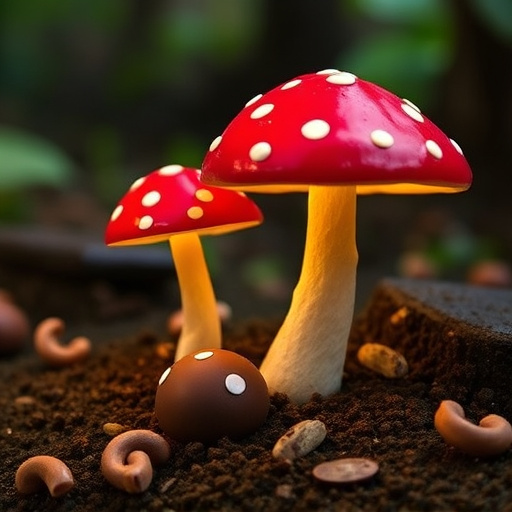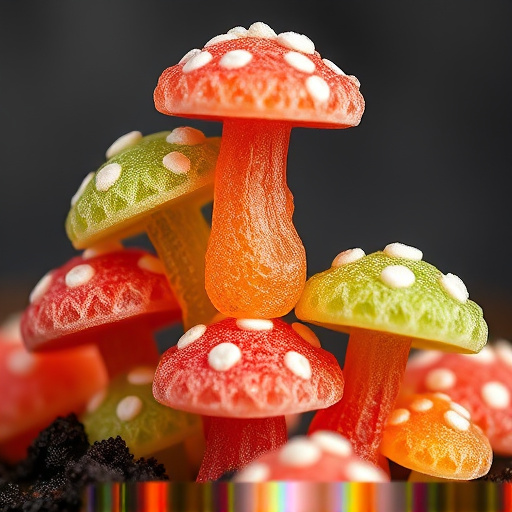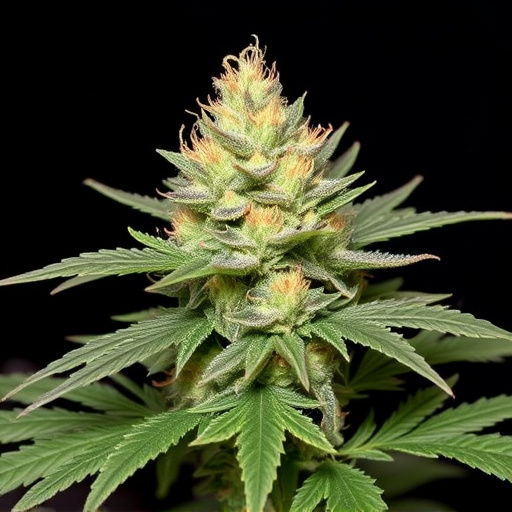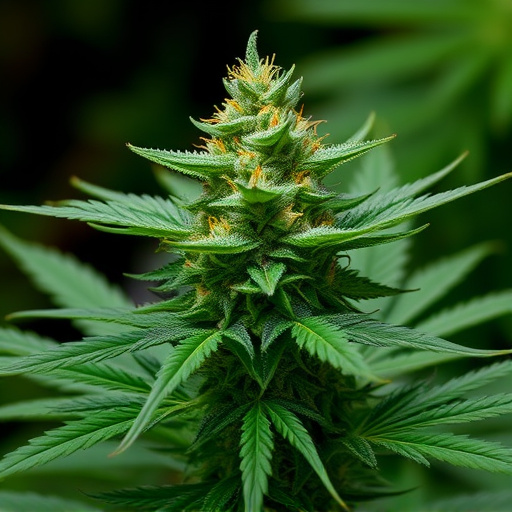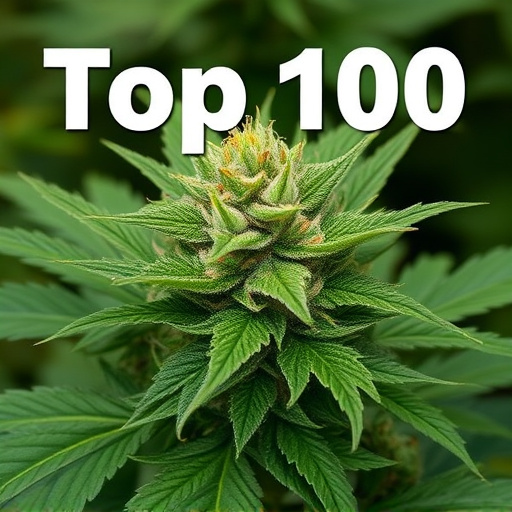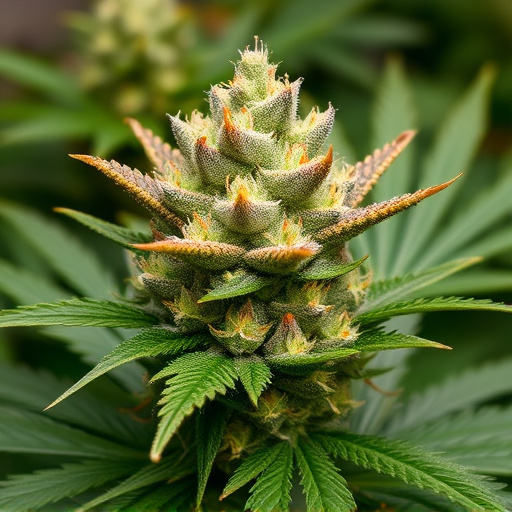Cultivating high-quality cannabis requires a blend of science and patience, utilizing techniques like sea of green (SOG) and vertical farming for consistent growth. The "Top 100 Cannabis Strains" guide features potent sativas and relaxing indicas, each chosen for unique terpene profiles, health benefits, and cultural significance. Soil quality is crucial; nutrient-rich, well-draining soil with balanced nutrients and organic matter promotes robust plants and dense buds. Trace elements and optimal pH levels further ensure superior cannabis flowers among the top 100 strains renowned for their vibrancy.
In the dynamic world of cannabis, discerning consumers seek high-quality flower that offers a superior experience. This comprehensive guide delves into the intricate factors shaping premium cannabis, from cultivation practices to strain characteristics and processing techniques. Discover the secrets behind the top 100 cannabis strains, unveiling the perfect blend of environmental conditions, nutrient-rich soil, precise harvesting, potent terpenes, and meticulous testing – all converging to create a truly exceptional experience.
- Cultivation Practices for Premium Cannabis
- – Environmental Factors: Light, Temperature, and Humidity
- – Soil Quality and Nutrition
Cultivation Practices for Premium Cannabis
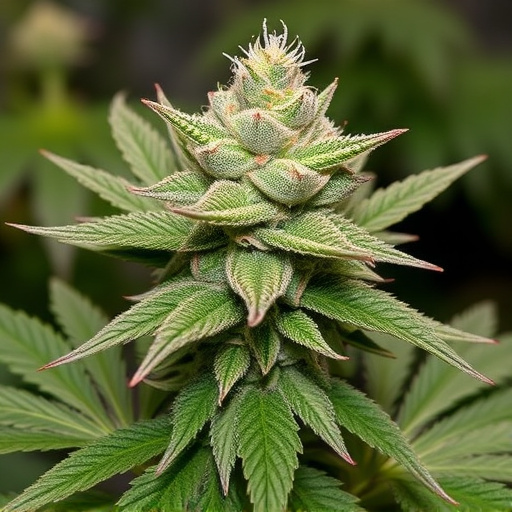
Cultivating high-quality cannabis involves more than just genetic selection; it’s an art that combines science and patience. For premium cannabis, cultivation practices play a pivotal role in shaping the final product. Farmers who strive for excellence focus on creating optimal growing conditions, employing meticulous techniques, and nurturing plants from seedling to harvest. This includes controlling environmental factors like light, temperature, and humidity to ensure consistent growth and prevent stress.
Additionally, these cultivators often utilize organic practices, avoiding synthetic pesticides and fertilizers that could compromise the plant’s integrity. They invest in top-quality soil amendments and employ advanced cultivation methods such as sea of green (SOG) or vertical farming to maximize space and yield. By prioritizing these cultivation practices, growers produce cannabis flowers that consistently rank among the top 100 cannabis strains known for their superior potency, unique terpene profiles, and rich flavors.
– Environmental Factors: Light, Temperature, and Humidity

– Soil Quality and Nutrition

Soil quality and nutrition play a pivotal role in cultivating high-quality cannabis flowers, often considered among the top 100 cannabis strains. The health and vibrancy of the plant begin with the soil it grows in. Nutrient-rich, well-draining soil is essential for optimal growth. This includes a balanced mix of essential elements like nitrogen, phosphorus, and potassium, which support robust leaf development and dense bud formation. Organic matter, such as compost or humus, enhances soil structure and further contributes to the overall health of the cannabis plant.
Beyond basic nutrients, certain trace elements also significantly impact cannabis cultivation. Minerals like calcium, magnesium, and sulfur are crucial for various physiological processes, including chlorophyll production, enzyme function, and resistance to environmental stresses. Proper pH levels in the soil ensure these essential elements are accessible to the plant’s roots, fostering healthy growth and ultimately leading to superior-quality cannabis flowers.
Ensuring high-quality cannabis involves meticulous cultivation practices. From optimal environmental conditions like precise light, temperature, and humidity control, to utilizing nutrient-rich soil, these factors collectively contribute to creating some of the best cannabis flowers in the market, shaping the experiences sought by connoisseurs among the top 100 cannabis strains.



